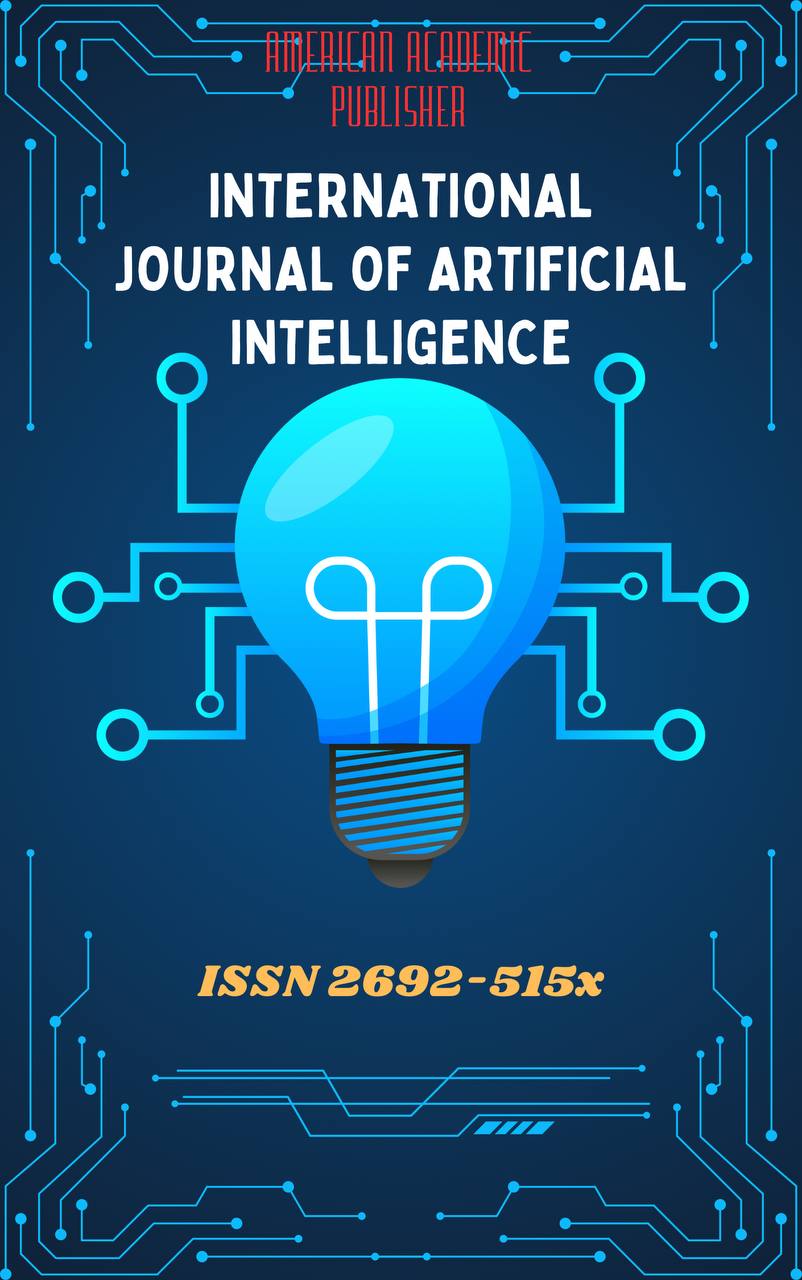 Articles
| Open Access |
Articles
| Open Access | UTILIZING MUSIC AS AUDITORY RESOURCES IN THE INSTRUCTION OF TURKISH LANGUAGE TEACHING
Azimova Zilola , Teacher of Turkish language, "International School of Finance Technology and Science" instituteAbstract
Songs have a significant role in linguistic culture and are used as audio resources for teaching Turkish to non-native speakers. Thus, the transfer of cultural elements speeds up the process of acquiring a language. Given this perspective, teaching Turkish as a foreign language requires incorporating cultural elements into the classroom setting. Songs are one of the tools used to teach students about the culture they are studying. The educational advantages of incorporating Turkish music into foreign language training are examined in this essay. It examines how diverse musical elements, from rhythm and melody to lyrics and cultural context, can enhance various aspects of language acquisition, including pronunciation, vocabulary acquisition, grammatical understanding, and cultural immersion. The article also discusses practical applications and potential limitations of using music in the Turkish language classroom.
Keywords
Turkish language teaching, music in language learning, auditory resources, pronunciation, vocabulary acquisition, grammar, cultural understanding, communicative competence, pedagogical approaches, CALL (Computer-Assisted Language Learning).
References
Memiş, M. R. and Erdem, M. D. (2013) Yabancı Dil Öğretiminde Kullanılan Yöntemler, Kullanım Özellikleri ve Eleştiriler [Methods Used in Foreign Language Teaching]. Turkish Studies, 1. 8/9, Summer, pp. 297-318. (In Turkish).
Tarcan, A. (2004) Yabancı Dil Öğretim Teknikleri [Foreign Language Teaching Techniques). Ankara, Nobel Yayıncılık. (In Turkish).
Lo, R. & Fai Li.H.C. (1998). Songs enhance learner involvement. English Teaching FORUM, 36/3:8-11
Sarıçoban, A. & Metin, E.: (2000), "Songs, Verse and Games for Teaching Grammar", The Internet TESL
Kramsch, C.: (1993), Context and Culture in Language Teaching, Oxford, Oxford University Press.
Jolly, Y. (1975). The use of songs in teaching foreign languages. Modern Language Journal, 59(1), 11-14.
Cheung, C. (2001). The use of popular culture as a stimulus to motivate secondary students' English learning in Hong Kong. ELT Journal, 55, 55-61.
Eco, U. (1979) Art and Intimacy: How the Arts Began. Washington, University of Washington Press. 268 p.
Maess, B. and Koelsch, S. (2001) Musical Syntax is Processed in Broca's Area: An MEG Study. Nature Neuroscience, vol. 4, Max Planck Institute of Cognitive Neuroscience, Leipzig, pp. 540-545.
Griffe, D. T.: (1992), Songs in Action,. Hertfordshire, England: Prentice Hall.
Chomsky, N. (1965). Aspects of the Theory of Syntax. Cambridge, MIT Press. 251 p.
Göher Vural Feyzan The significance of music in teaching Turkish // Новые исследования Тувы. 2018. №1.
Article Statistics
Downloads
Copyright License

This work is licensed under a Creative Commons Attribution 4.0 International License.

